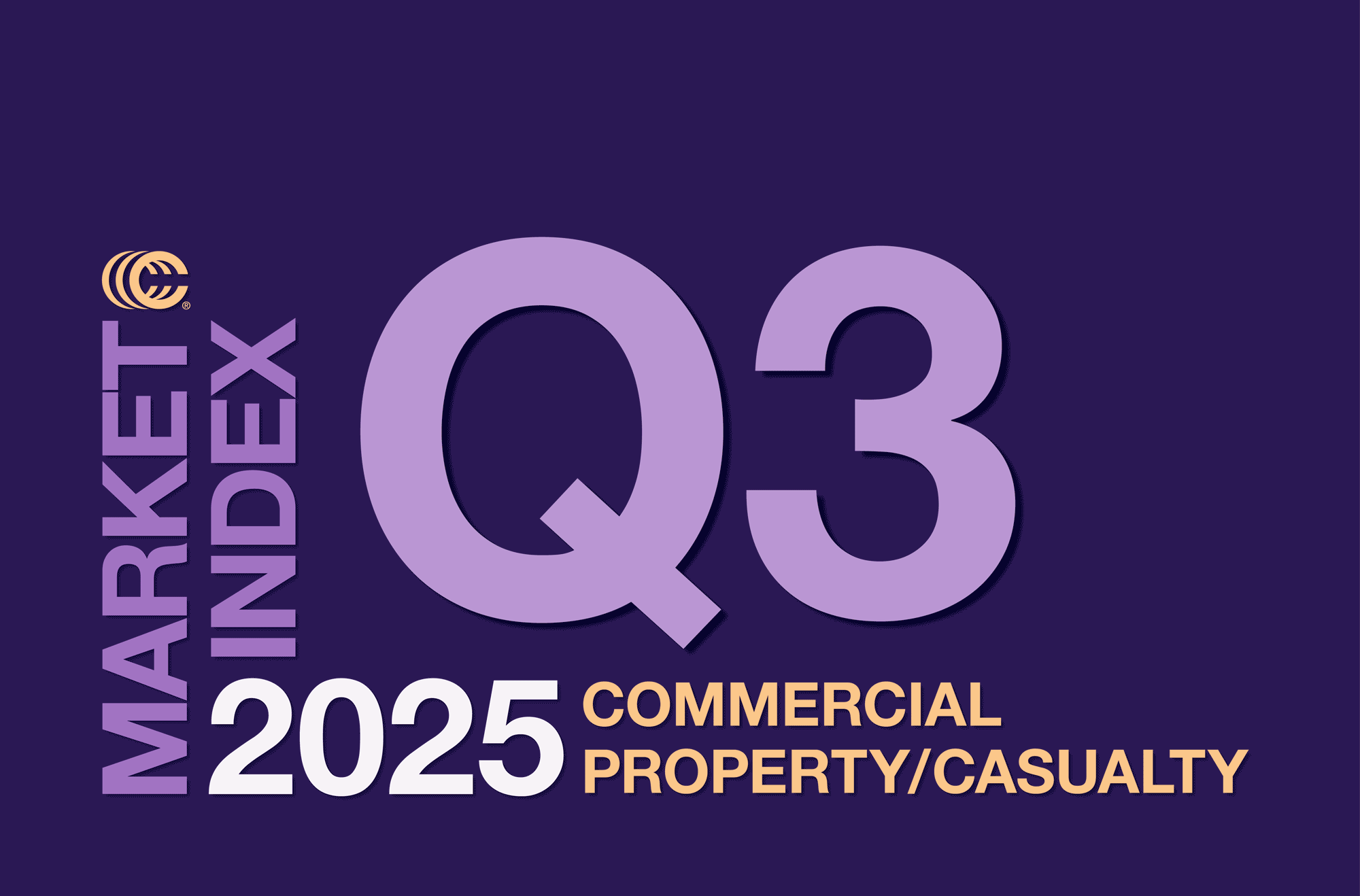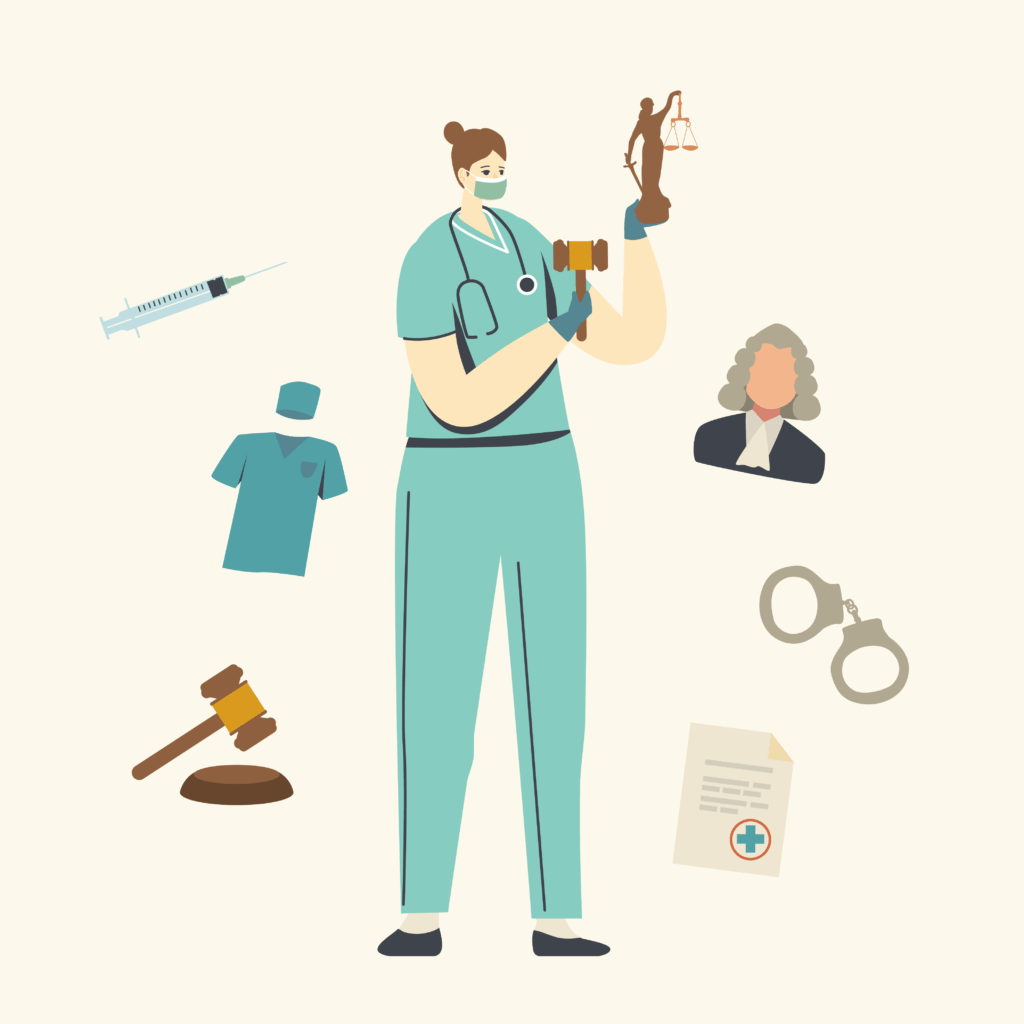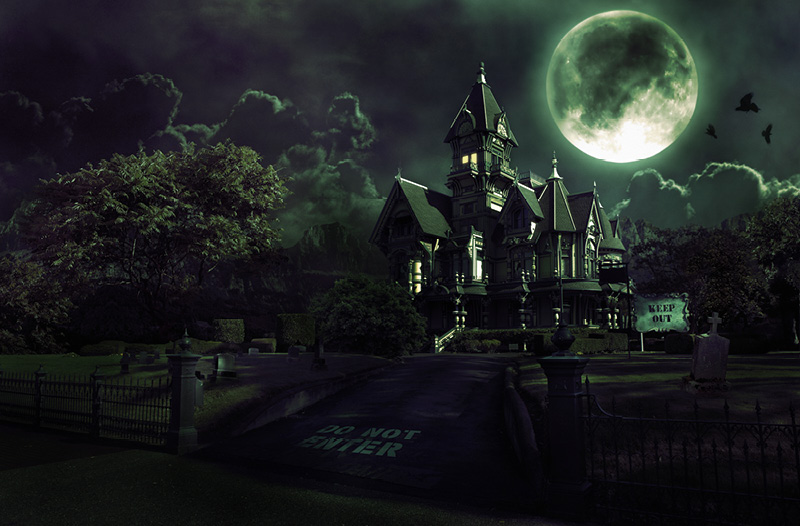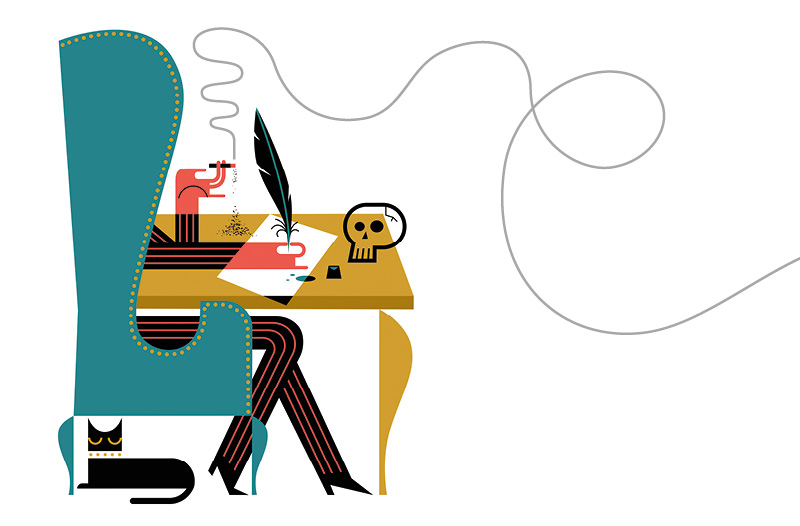
What Are the Odds?

Gordon Woo’s business card identifies him as a “Catastrophist.” Woo has spent his career analyzing the risk of hurricanes, earthquakes, tsunamis, volcanic eruptions and other natural disasters for RMS, the Silicon Valley-based catastrophic risk modeling specialist.
Since 9/11, Woo, who earned a Ph.D. in theoretical physics from the Massachusetts Institute of Technology, has turned much of his attention to man-made disasters, including terrorism and its implications for the insurance industry.
The author of Calculating Catastrophe (Imperial College Press, 2011), Woo says analyzing terrorism is really about analyzing human behavior, especially in groups. While international terrorist groups such as al-Qaida still plot high-profile attacks, he says, most domestic terrorism is more commonly committed by small groups or even lone individuals, such as Timothy McVeigh, who bombed the Alfred P. Murrah Federal Building in Oklahoma City in 1995.
“The more ambitious the plot is, the more guys you have to have involved in it,” Woo says. “You need more guys to build bombs, et cetera. And the more guys you have, the greater chance that one of them will inadvertently slip up. It comes down to the policy of human contact and social networks. If you really wanted to perpetrate a significant terrorist plot, it’s extremely hard to do without people knowing about it.”
Woo says the National Security Agency’s surveillance of Americans’ phone calls and emails, brought to light by the Edward Snowden affair, has helped detect terrorist plots before they were carried out. As a result, he says, insurance companies have benefitted.
“What the intelligence agencies are very good at is listening in and trying to identity the link between known terrorists and other people,” Woo says. “That kind of intensive surveillance makes it difficult for a sizable plot to materialize into a successful attack. Terrorism insurance has essentially become insurance against the security services having a bad day.”




